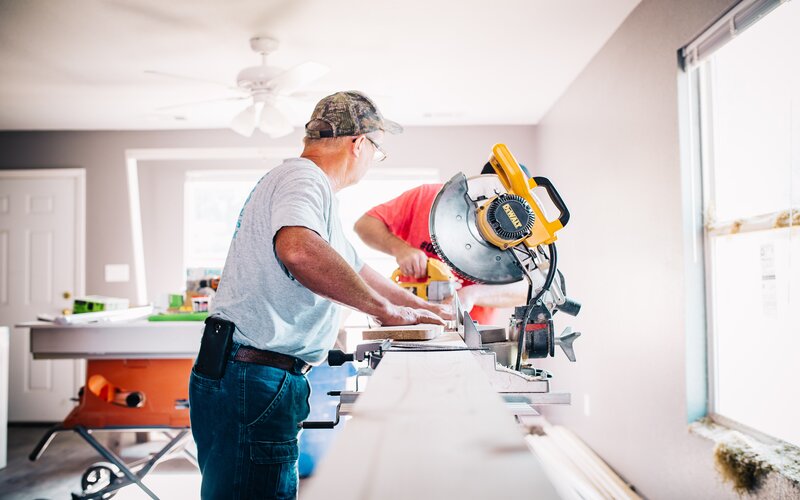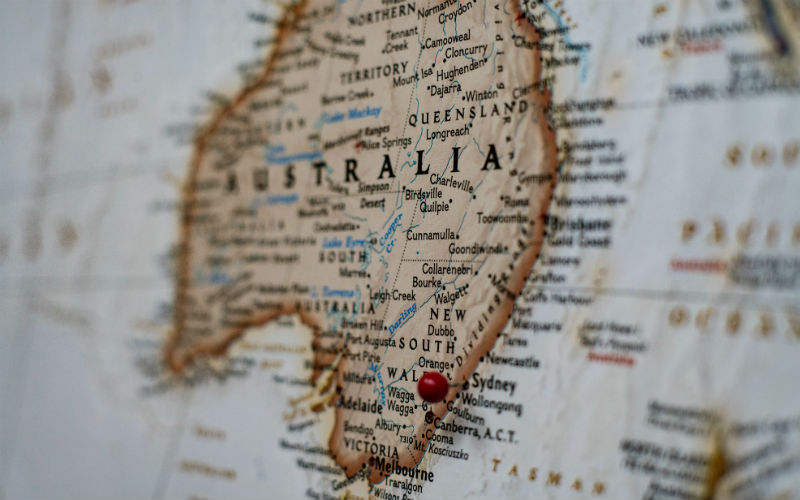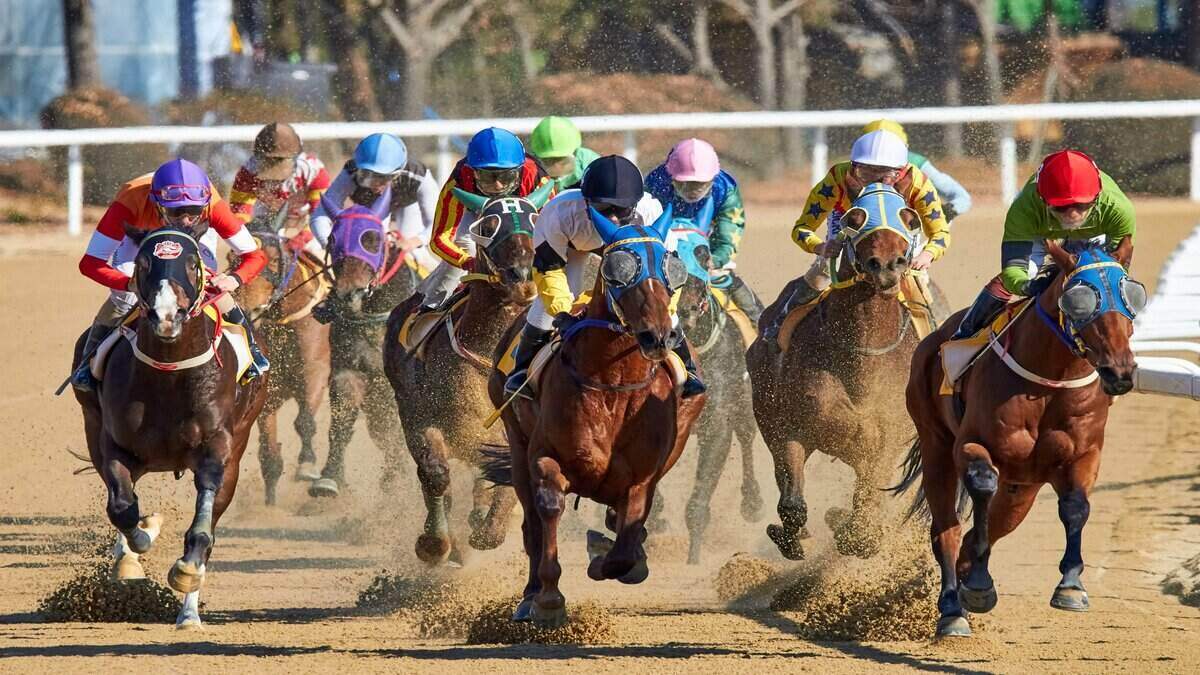Home ownership is tied into the Australian national identity. The ‘Great Australian Dream’ since the early 20th century has simply been for Aussies to work toward owning a home of their own. Over the past few years, many people have warned that property price growth, which has swollen far above that of wages, is making this dream unattainable.
We’ve gathered together some of the most recent data to see what the numbers say about the current state of homeownership in Australia in 2024.
Percentage of home ownership in Australia
The average Australian’s long-held proclivity for home ownership appears to be waning, although perhaps not by choice.
In about 25 years, Australia’s rate of home ownership has gone from 71.4% to 66.2%. That’s according to the Australian Bureau of Statistics' (ABS) Survey of Income and Housing (SIH), which has the most comprehensive estimate of home ownership in Australia.
The SIH is a representative survey of more than 15,000 households and has collected detailed data since 1994/1995. Unfortunately, the ABS likes to take their time with this data - the most recent numbers are from 2019/2020.
The fall in Australia’s home ownership rate in recent years is probably not enough to declare we have become a feudal society, but the downward trend is undeniable. However, on the international stage, Australia’s official home ownership rate compares somewhat favourably:
| Nation | % of home ownership | Year data collected | Source |
|---|---|---|---|
| Australia | 66.2% | 2019/2020 | Australian Bureau of Statistics |
| New Zealand | 64.5% | 2018 | Stats.Gov.NZ |
| United States | 65.6% | Q2 2024 | US Census Bureau |
| United Kingdom | 63% | 2016-2018 | Gov.UK |
| China | >90% | 2024 | People’s Bank of China |
| Germany | 47.6% | 2023 | Eurostat |
| France | 63.1% | 2023 | Eurostat |
Home ownership by state
Across the states and territories, the home ownership rate was highest in Western Australia (69.3%) taking over from Tasmania (72%) in 2017-18 and lowest in the Northern Territory (59%), per the SIH.
- New South Wales home ownership: 64% home owners, 33% renters
- Victoria home ownership: 68% home owners, 29% renters
- Queensland home ownership: 64% home owners, 35% renters
- Western Australia home ownership: 69.3% home owners, 28% renters
- South Australia home ownership: 69% home owners, 30% renters
- Tasmania home ownership: 68% home owners, 29% renters
- Northern Territory home ownership: 59% home owners, 40% renters
- Australian Capital Territory home ownership: 69% home owners, 28% renters
Outright home ownership
Far fewer Australians own a home outright (i.e., without debt) these days compared to a decade ago. There’s now more homeowners with a mortgage than without:
- 30% of households own a home without a mortgage (down from 39% in 1999-00)
- 37% of households own a home with a mortgage (up from 32% in 1999-00)
In July 2024, the InfoChoice State of Aussies' Savings Survey also estimated home ownership rates in Australia. While the nationally-representative sample size was smaller (just over 1,000), the figures are more recent, so they’re worth looking at.
According to the survey, the national home ownership rate is 61.4%, which suggests there’s been an alarming drop in the last 4-5 years.
This was the full breakdown of the survey respondents by residential status:
| Total | |
|---|---|
| Own my residence mortgage-free | 16.6% |
| Own my residence with a mortgage | 44.8% |
| Home ownership | 61.4% |
| Rent my residence by myself | 9.4% |
| Rent my residence with others | 20.3% |
| Live with family rent-free | 7.4% |
| Other | 1.5% |
Source: InfoChoice State of Aussies' Savings Survey, July 2024
Home ownership by age
The InfoChoice survey also broke down residential status by age, finding that older Aussies are unsurprisingly more likely to be homeowners. More than three-quarters of baby boomers own their home, and nearly half without a mortgage, compared to just 24.3% of Gen Z.
| Total | Baby boomers (1946 - 1964) | Gen X (1965 - 1980) | Millennials (1981 - 1996) | Gen Z (1997 - 2012) | |
|---|---|---|---|---|---|
| Own my residence mortgage-free | 16.6% | 49.5% | 17.0% | 6.7% | 4.2% |
| Own my residence with a mortgage | 44.8% | 29.0% | 52.9% | 59.0% | 20.1% |
| Home ownership rate | 61.4% | 78.5% | 69.9% | 65.7% | 24.3% |
| Rent my residence by myself | 9.4% | 8.1% | 12.0% | 9.0% | 7.9% |
| Rent my residence with others | 20.3% | 10.8% | 15.4% | 19.8% | 37.0% |
| Live with family rent-free | 7.4% | 1.1% | 1.9% | 4.6% | 27.0% |
| Other | 1.5% | 1.6% | 0.8% | 0.8% | 3.7% |
Source: InfoChoice State of Aussies' Savings Survey, July 2024
Australian housing costs
Unless you’ve inherited a 10-bedroom manor and spend your days dusting your Fabergé egg collection, you’ll be well aware that Australian housing comes at a cost. Rent, mortgage payments, council rates, body corp fees…it can be enough to make anyone resentful of their forefathers for not building generational wealth.
According to the SIH, these were the average weekly housing costs across the different Australian households in 2019-20:
- Home owners with a mortgage: $493 (up 40% from 1999-00, adjusted for inflation)
- Home owners without a mortgage: $54 (up 50% from 1999-00, adjusted for inflation)
- Renters (private landlord): $415 (up 50% from 1999-00, adjusted for inflation)
- Renters (housing authority): $150 (down 3% from 1999-00, adjusted for inflation)
Across all Australian households, the average weekly housing costs were $317.
Between the different states and territories, the average weekly housing costs were highest in the Northern Territory ($381) and lowest in Tasmania ($218):
- New South Wales average housing cost: $356
- Victoria average housing cost: $319
- Queensland average housing cost: $300
- Western Australia average housing cost: $293
- South Australia average housing cost: $251
- Tasmania average housing cost: $218
- Northern Territory average housing cost: $381
- Australian Capital Territory average housing cost: $363
Housing affordability
The InfoChoice survey also asked respondents what percentage of disposable income they were spending on housing, be it mortgage repayments or rent.
This was the breakdown by generation:
| % of income on housing costs | Total | Baby boomers (1946 - 1964) | Gen X (1965 - 1980) | Millennials (1981 - 1996) | Gen Z (1997 - 2012) |
|---|---|---|---|---|---|
| Less than 10% | 29.5% | 58.9% | 23.6% | 16.8% | 34.6% |
| 10% - 20% | 15.2% | 6.5% | 12.4% | 18.9% | 20.2% |
| 20% - 30% | 23.6% | 17.3% | 25.2% | 26.4% | 21.8% |
| 30% - 40% | 17.0% | 9.2% | 20.2% | 20.2% | 13.8% |
| 40% - 50% | 8.1% | 4.3% | 12.0% | 8.3% | 5.9% |
| 50% - 60% | 3.9% | 2.7% | 4.3% | 4.9% | 2.7% |
| 60% and over | 2.7% | 1.1% | 2.3% | 4.4% | 1.1% |
Source: InfoChoice State of Aussies' Savings Survey, July 2024
Housing stress
A common definition for rental or mortgage stress is spending more than 30% of disposable income on housing - be it home loan repayments or rent. Per the InfoChoice survey, 31.7% of Aussies were in housing stress as of 2024. However, this definition is a bit simplistic - if you’re on $250,000 a year after tax, spending 40% of your income on home loan repayments probably isn’t much of an issue, whereas for lower income earners, 25% might be stretching things.
A better definition might simply be how stressed do you feel about housing. The survey asked respondents how worried they were about becoming homeless:
| Total | Baby boomers (1946 - 1964) | Gen X (1965 - 1980) | Millennials (1981 - 1996) | Gen Z (1997 - 2012) | |
|---|---|---|---|---|---|
| Not worried at all | 68.9% | 74.5% | 66.7% | 67.4% | 69.7% |
| Slightly worried | 24.5% | 21.2% | 25.6% | 25.1% | 25.0% |
| Very worried | 6.6% | 4.3% | 7.8% | 7.5% | 5.3% |
Source: InfoChoice State of Aussies' Savings Survey, July 2024
That’s 31.1% of the Australian public that are at least a little concerned about not having anywhere to live.
Investment property owners
Per the InfoChoice survey, 18.3% of Australians own an investment property, providing a place to live for the approximately one-third of Aussies who rent.
As you might expect, those that owned their home mortgage-free were far more likely to own an investment property - at 35.1%, nearly twice the overall rate.
This was the full breakdown of investment property owners by residential status:
| Own an investment property? | Total | Own my residence mortgage-free | Own my residence with a mortgage | Rent my residence by myself | Rent my residence with others | Live with family rent-free | Other |
|---|---|---|---|---|---|---|---|
| Yes | 18.3% | 35.1% | 20.6% | 10.4% | 8.2% | 7.9% | 0.0% |
| No | 81.7% | 64.9% | 79.4% | 89.6% | 91.8% | 92.1% | 100.0% |
Source: InfoChoice State of Aussies' Savings Survey, July 2024
Meanwhile, respondents in NSW and Tasmania were the most likely to own investment properties, while those in Queensland and the Northern Territory were the least. This was the full breakdown by state:
| Total | NSW | VIC | QLD | WA | SA | TAS | ACT | NT | |
|---|---|---|---|---|---|---|---|---|---|
| Yes | 18.3% | 24.9% | 17.1% | 10.7% | 17.2% | 19.5% | 22.9% | 16.2% | 12.5% |
| No | 81.7% | 75.1% | 82.9% | 89.3% | 82.8% | 80.5% | 77.1% | 83.8% | 87.5% |
Source: InfoChoice State of Aussies' Savings Survey, July 2024
Article originally published by Dominic Beattie in September 2019.
Photo by Daniel Christie on Unsplash

Ready, Set, Buy!
Learn everything you need to know about buying property – from choosing the right property and home loan, to the purchasing process, tips to save money and more!
With bonus Q&A sheet and Crossword!



 Denise Raward
Denise Raward
 Harry O'Sullivan
Harry O'Sullivan


 Harrison Astbury
Harrison Astbury

